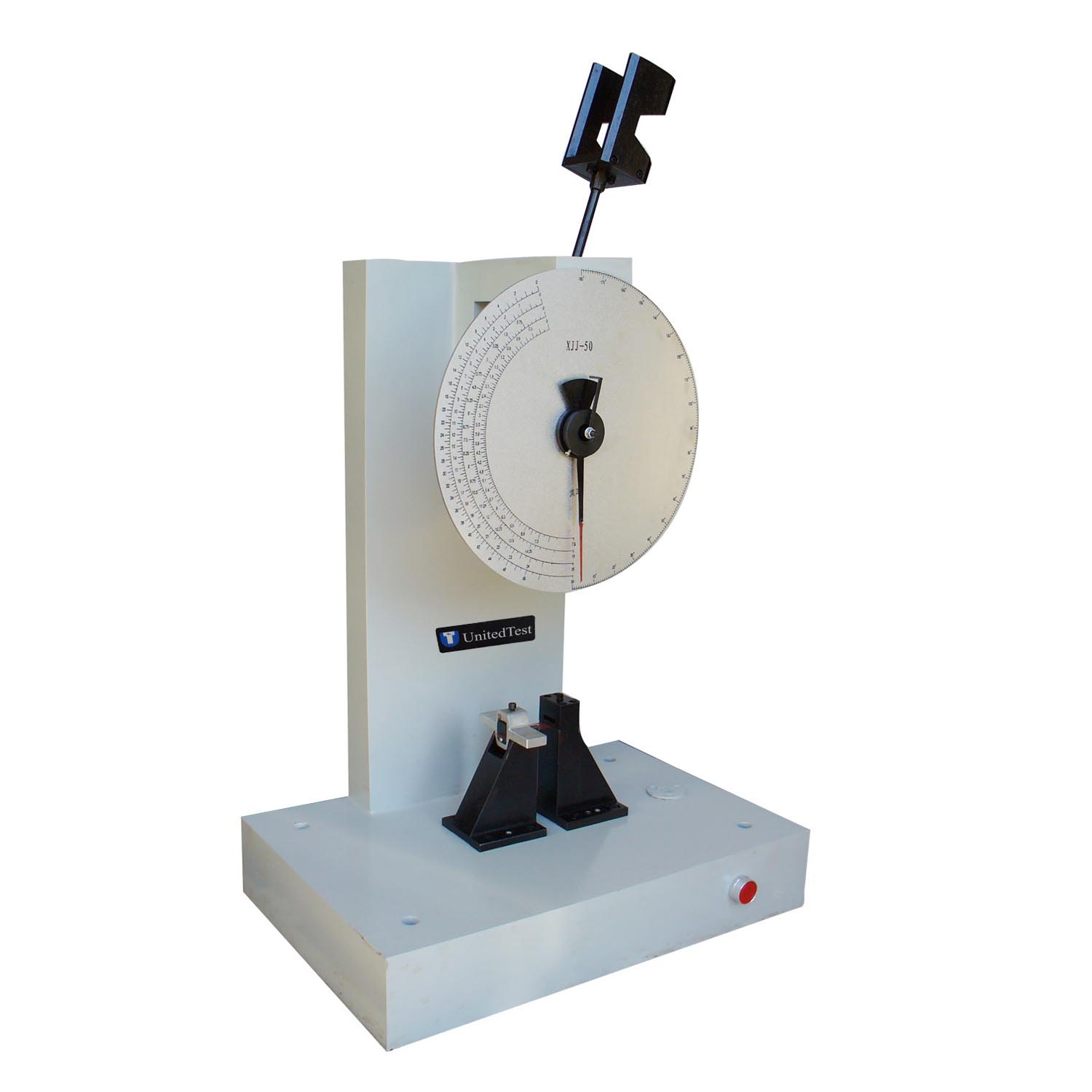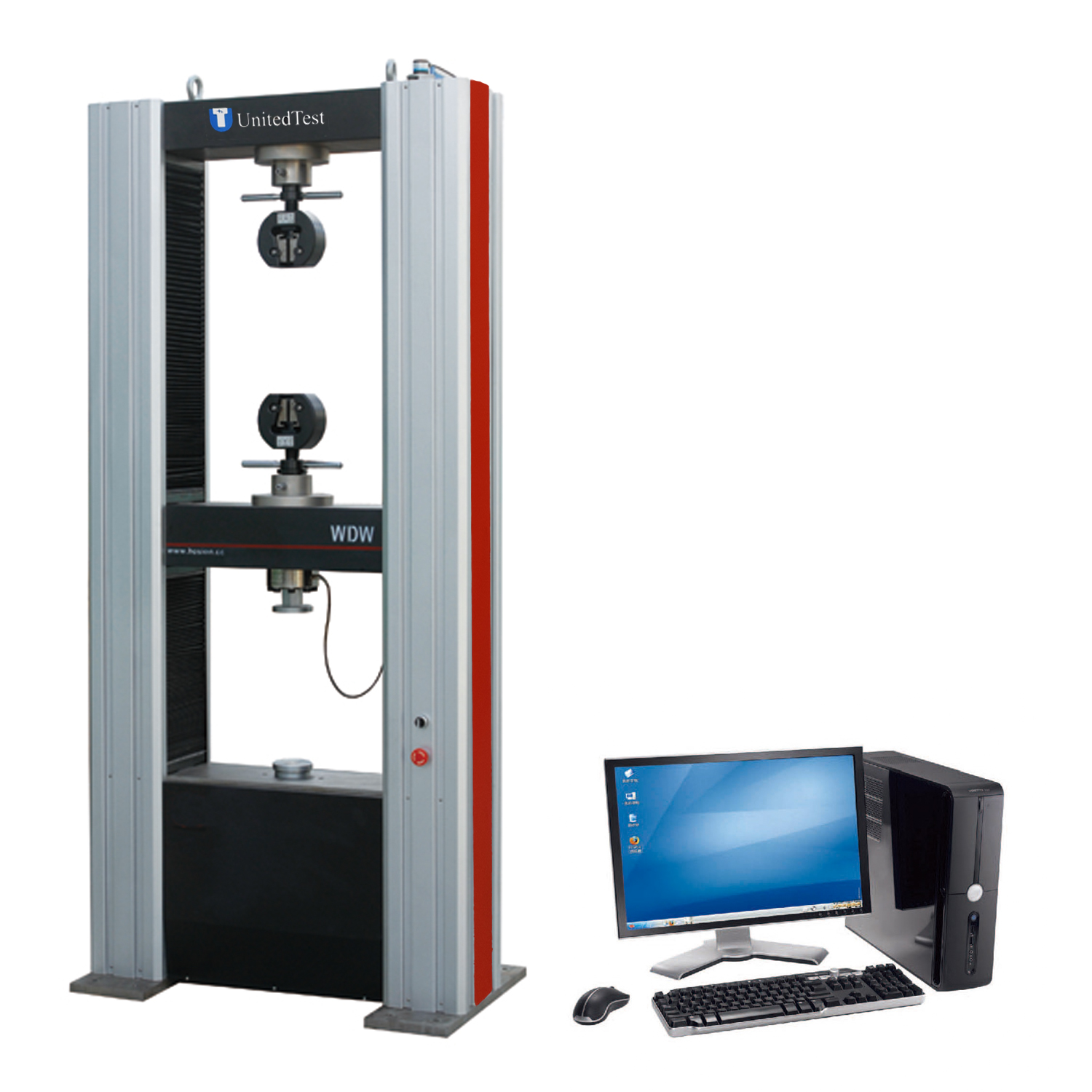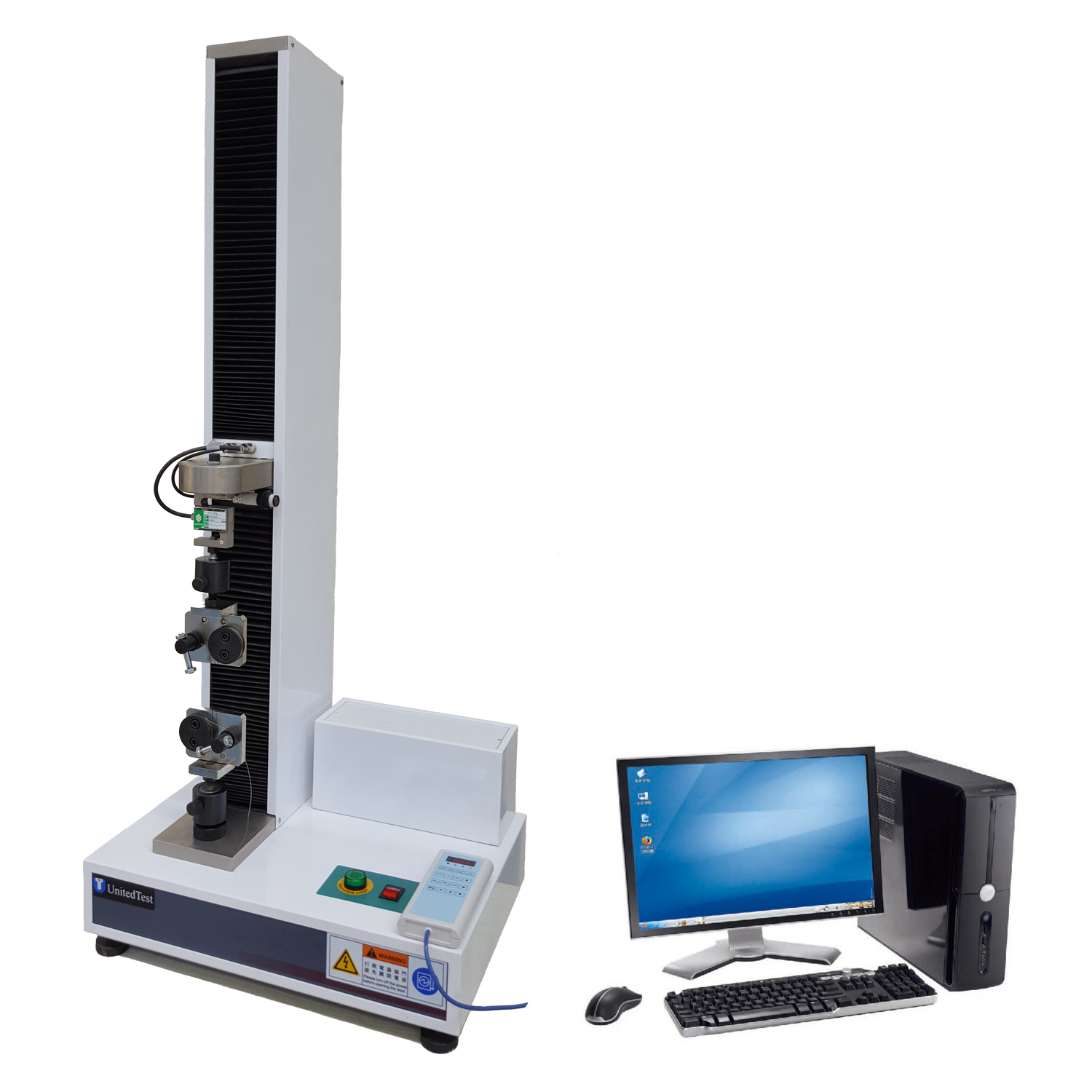- Universal testing machine
- Fixtures
- Medical/Biomedical device
- Vehicles motorcycle
- Compression/Flexural test
- Hardness tester
- Impact testing machine
- Torsion testing machine
- Abrasion & wear tester
- Plastic & Pipe testing
- Tensiometer / Goniometer
- Erichsen cupping tester
- Other Testing Equipment
- Grinding & polishing machine
- Spring testing machine
- Introduction
- Specification
- Accessories
- Standard
- LEAFLET & VIDEO
- Contact Us
Puncture strength testing
Puncture strength tests are used to determine the puncture or rupture characteristics of a material. This is generally a compressive test where a material is compressed by a probe or other type of device until the material ruptures or until an elongation limit is achieved.
Puncture testing is commonly used to determine the strength of a material such as film, rubber or membrane. It is also often used in the food processing industry to determine the texture of ripeness of a product. Puncture testing may be used in medical applications for determining the sharpness of a syringe, scalpel or blade or to measure the resistance and pliability of synthetic skin.
Probe size: A hemispherical probe with a recommended diameter of 3.2 mm (biaxial stress) is generally used to make material testing comparable to the standard.
EN 14477 describes a test method of determining the puncture resistance of flexible packaging materials, including multilayer flexible packaging materials. It's similar with ASTM F1306, but the ASTM F1306 penetration probe is 3.2mm diameter.
Test apparatus:
Force testing stand capable of fixed speeds of 1, 5, 10, 50 or 100 mm/min.
Compression Load cell with fixture to hold the penetration probe.
0.8 mm diameter penetration probe made of hardened steel with rounded tip of radius of 0.4mm.
Sample holder to secure sample in place during the test.
Software to control stand movement, capture force and displacement data, calculate, store and report results
Preparation
A minimum of 10 specimens shall be taken, evenly spaced across the reel or sheet being tested.
Samples should be conditioned at (23 ± 2)°C and (50 ± 5)% RH for 48 hours before testing. The test shall be carried out at the same conditions.
Test method
A pre-conditioned sample is clamped into the sample holder
The compression loadcell reading is zeroed before the probe touches the sample.
The probe is driven through the sample at a constant speed of 1, 5, 10, 50, or 100 mm/min.
The peak force in N is recorded along with the elongation in mm.
For the determination of energy, the integral below the curve of force and elongation shall be calculated.
The mean values and standard deviation of the values shall be calculated.
The test report shall include:
Date and place of testing
Description of the material being tested
Indication of which side of the specimen is being tested
The speed of the probe
Force at break in N. elongation in mm and energy in mJ
Any unusual features noted during the measurement
Any deviation from the method














